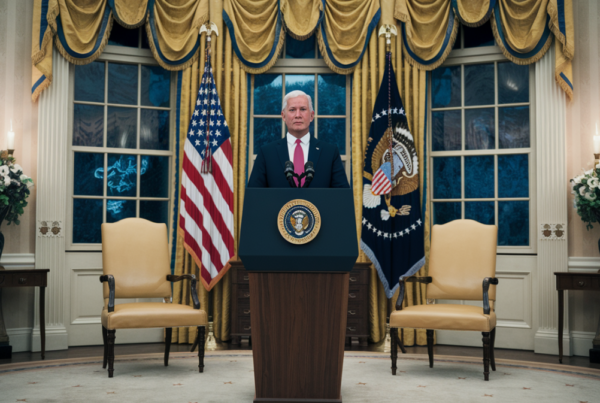The recent truce in the U.S.-China trade war has sent shockwaves through financial markets, dramatically altering expectations for Federal Reserve interest rate cuts. On May 12, 2025, the two economic superpowers agreed to a 90-day reduction in tariffs, with the U.S. slashing rates from 145% to 30% and China reciprocating by lowering its tariffs from 125% to 10%. This unexpected development has sparked a wave of optimism, but it has also left investors and policymakers grappling with its implications for monetary policy.
Market Reactions to the Truce
The announcement of the tariff reduction triggered an immediate and robust response across global markets. Here’s how key sectors reacted:
- Stock Markets: The S&P 500 and Nasdaq Composite surged by over 3%, with the tech-heavy Nasdaq jumping 4.3%. Retail and technology stocks led the gains, reflecting renewed confidence in global trade stability.
- Currency and Commodities: The U.S. dollar strengthened against traditional safe-haven currencies like the Japanese yen and Swiss franc. Meanwhile, gold prices fell by 1.5%, signaling a shift away from risk-averse investments.
- Bond Markets: Treasury yields rose sharply as investors recalibrated their expectations for economic growth and inflation. The 10-year Treasury yield climbed to its highest level in months, underscoring the market’s reassessment of recession risks.
Reevaluating Fed Rate Cut Bets
The tariff truce has forced analysts to rethink their projections for Federal Reserve rate cuts. Here’s why:
- Fewer Cuts Expected: Morgan Stanley revised its forecast, now predicting just one rate cut in June 2025, down from two. The bank cited the tariff reduction’s potential to slow disinflation, reducing the urgency for aggressive monetary easing.
- Fed’s Cautious Stance: Federal Reserve Governor Adriana Kugler highlighted the challenges of assessing economic strength amid volatile trade policies. She emphasized that shifting tariffs have distorted key indicators, making it harder to gauge inflation and growth accurately.
Comparison of Rate Cut Expectations Before and After the Truce
| Metric | Pre-Truce Forecast | Post-Truce Forecast |
|---|---|---|
| Number of Rate Cuts in 2025 | 2 | 1 |
| Timing of First Cut | May 2025 | June 2025 |
| Likelihood of Further Cuts | High | Moderate |
Public Sentiment: Optimism Meets Skepticism
The tariff truce has elicited mixed reactions from the public. On platforms like Reddit and YouTube, discussions reveal a blend of hope and caution:
- Optimists argue that the agreement could stabilize the economy and pave the way for future rate cuts.
- Skeptics point to the temporary nature of the deal and lingering uncertainties in U.S.-China relations.
What’s Next for the Fed?
The Federal Reserve faces a delicate balancing act. While the tariff truce has alleviated some immediate economic pressures, policymakers remain wary of committing to rate cuts without clearer signals on inflation and growth. Governor Kugler’s remarks suggest the Fed may delay any policy adjustments until the third quarter of 2025, pending further data.
Conclusion
The U.S.-China tariff truce has injected fresh optimism into financial markets, but it has also complicated the Federal Reserve’s path forward. With rate cut expectations scaled back and policymakers exercising caution, the coming months will be critical in determining whether this temporary reprieve translates into lasting economic stability.







